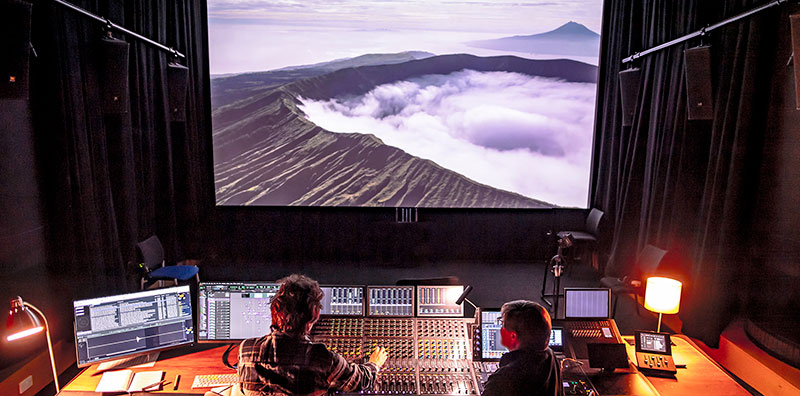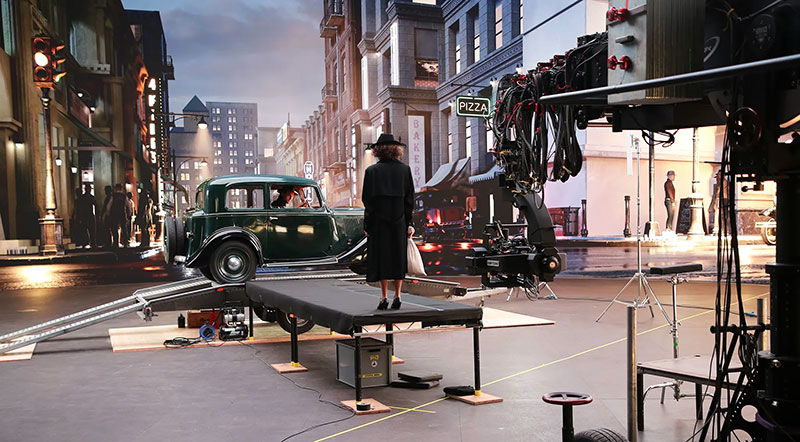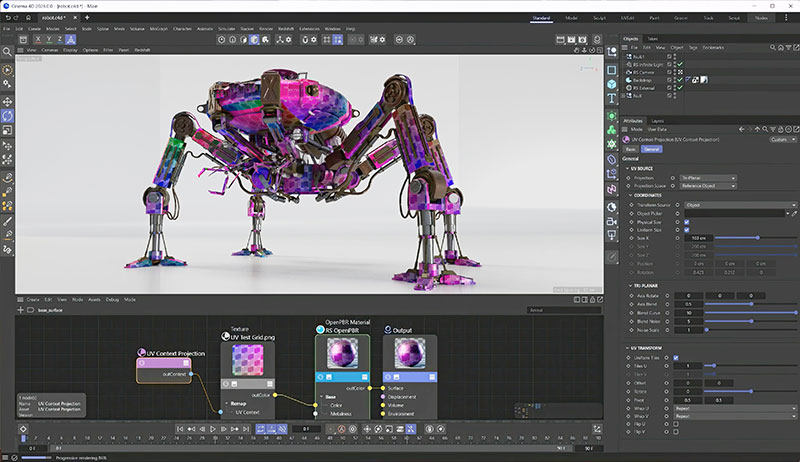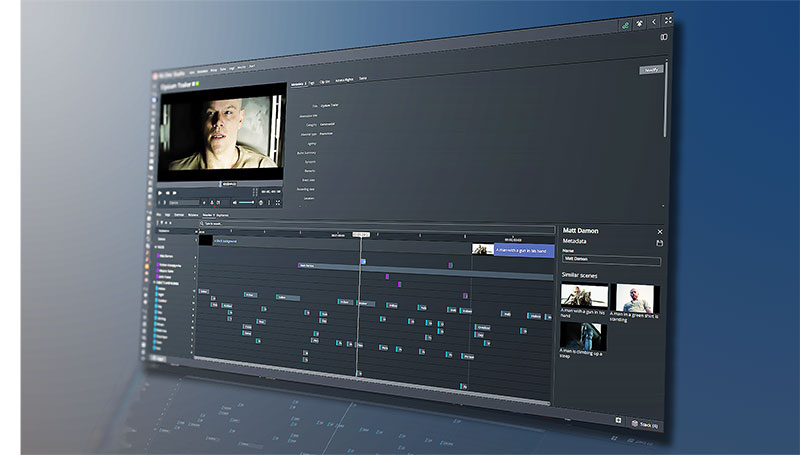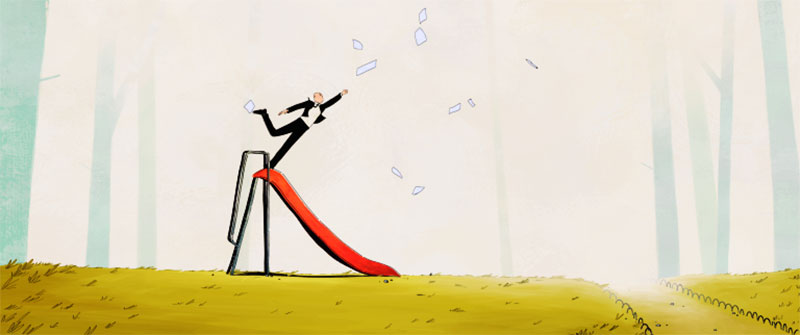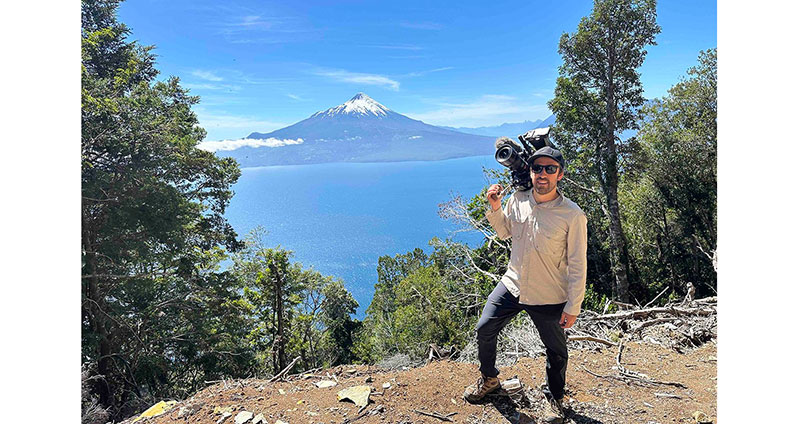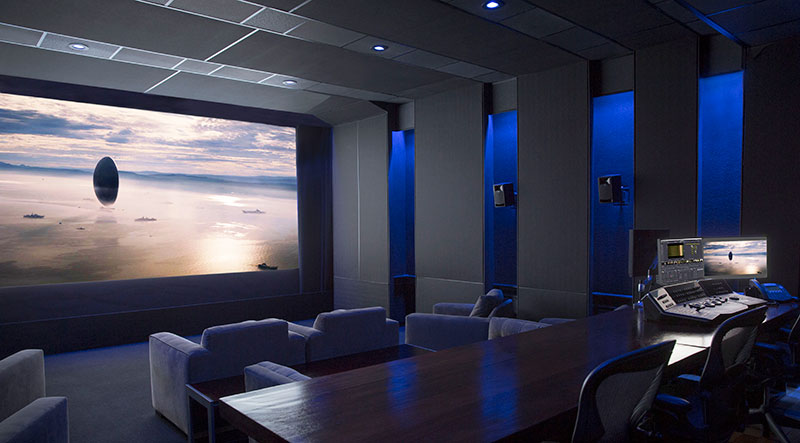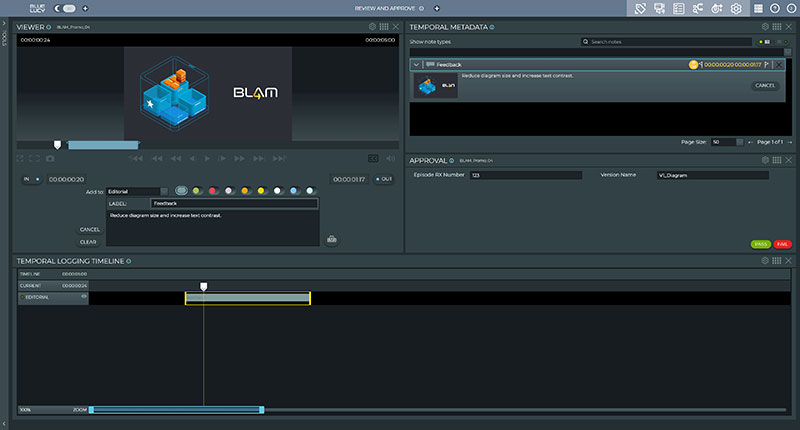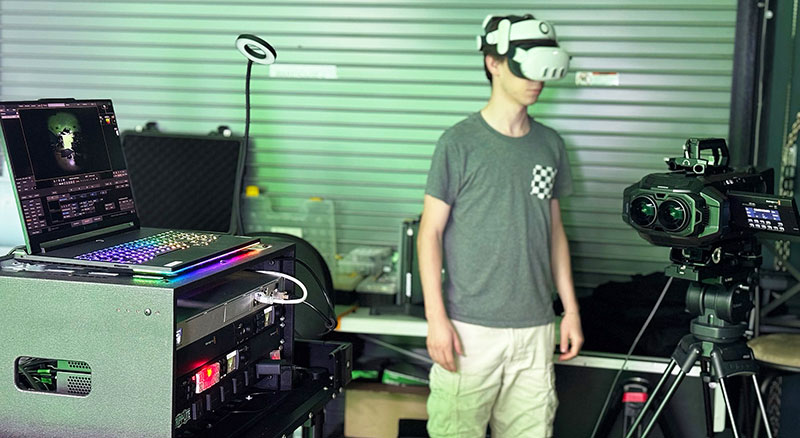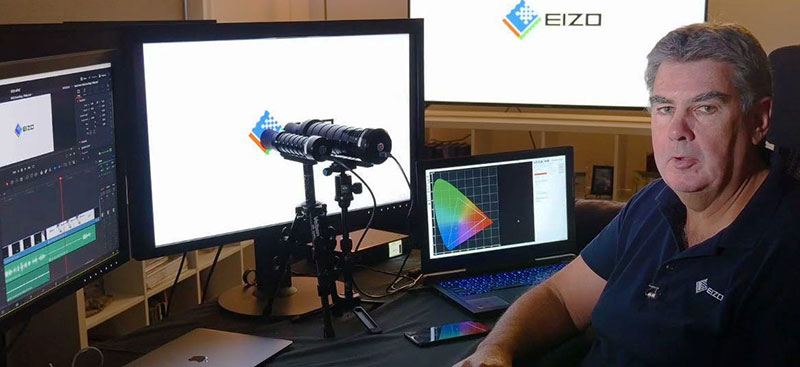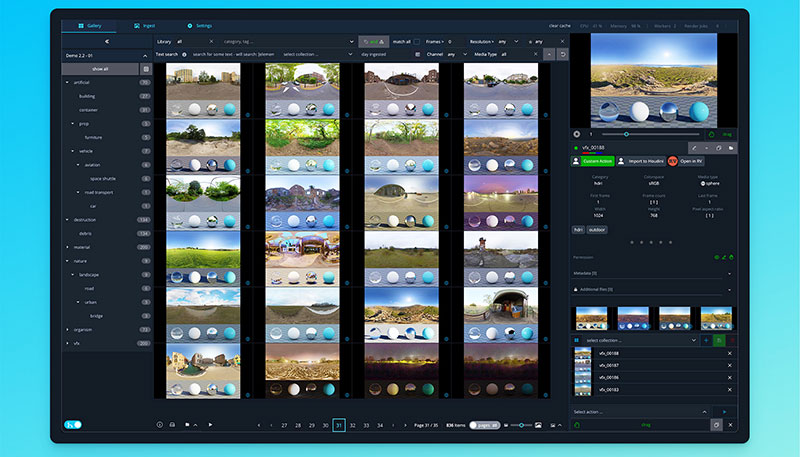Eurotape Media manages, processes and delivers large, high resolution files under tight deadlines. Their Clipster and SpycerNode integration gives fast access to multiple formats.
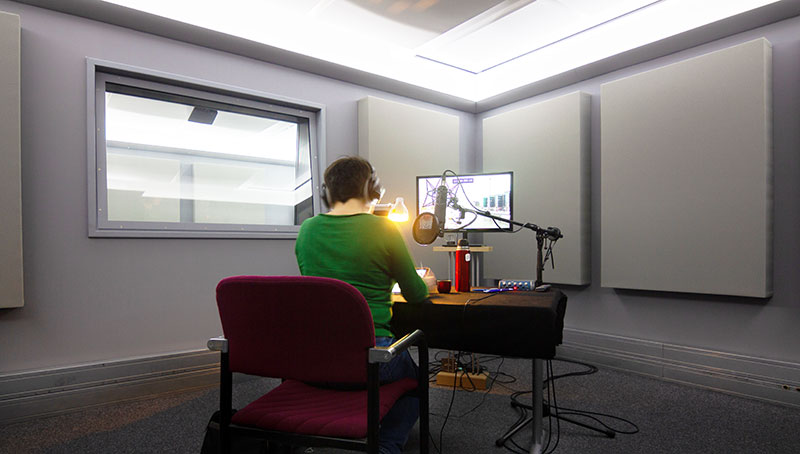
Established more than 40 years ago in Berlin, Germany, Eurotape Media is now a recognised provider of broadcast masters for major broadcasters. As part of its services, Eurotape also manages high resolution film to digital transfers, using a wet-gate ARRISCAN XT that uses special liquid to conceal dust and scratches.
Throughout its daily workflows, Eurotape Media handles large high value, high resolution, files which need to be securely managed, processed and delivered under tight deadlines.
Scalable Hybrid Storage
To meet these goals, Eurotape has a shared storage network built on the R&S SpycerNode, capable of scaling massively and supporting very high bandwidth transfers of up to 22 Gb/s per node. This server network handles files at Ultra HD and higher resolutions, as necessary.
SpycerNode has a hybrid file system, putting SAN storage and scale-out NAS in one device. It gives unified file and block storage access that adds workflow flexibility and means users can combine disk and flash storage in hybrid networks, incorporating cloud capacity as well. It can also be scaled to meet further capacity and bandwidth demands at any time, even during operation, and combined with other SpycerNode units with different specs to create facility wide storage for all applications.
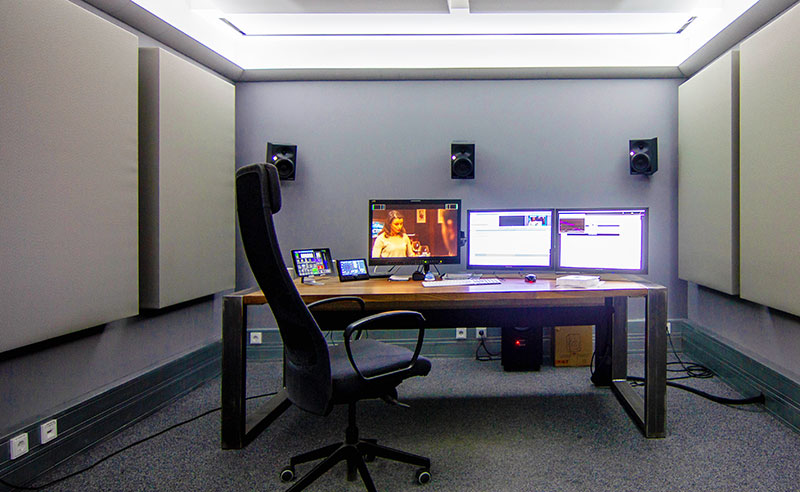
Clipster Mastering Upgrade
To create large numbers of deliverables in multiple formats, Eurotape Media adopted the Rohde&Schwarz Clipster mastering workstation some time ago for all of its mastering work. Now it has extended its capabilities and significantly accelerated its operations by upgrading to the latest version, the R&S Clipster 6 Mark 2, which is now integrated into its workflow.
This new system supports all common uncompressed and compressed single frame and container file formats for image data, as well as various audio and metadata formats. All of these can be processed directly from their respective file sources without rendering intermediate files. Different hardware options are available for users who need to accelerate processing or increase precision – or both. Version 6 Mark 2 handles video I/O from SD up to UHD/4K 120p, as well as HDR content, and its multi-codec capabilities preserve original picture quality
The system features an AMD EPYC 24-core processor and 128 Gbyte DDR4 RAM. “The extra power speeds up the mastering process,” said Ralf Jesse, Studio Manager at Eurotape. “It also gives us the ability to work in resolutions above 4K. That is important because we scan at up to 6K and now we do not need to downscale, which would be another time-consuming process. The same applies to HDR colour processing, which is now automated in our delivery workflows. Earlier on, it had to be processed manually using external equipment.”
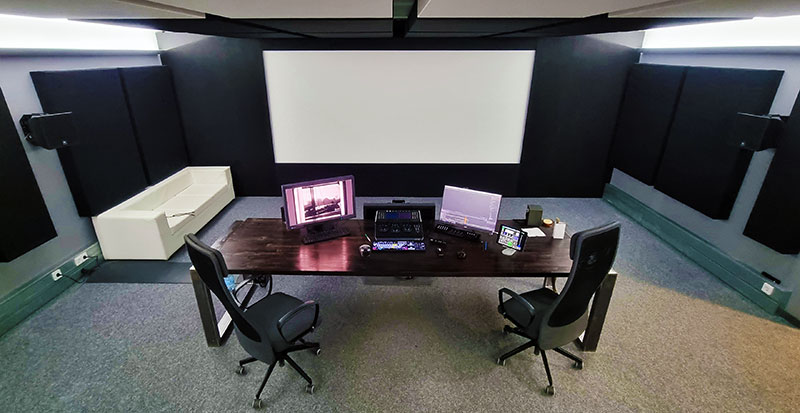
Looking at the integrated SpycerNode and Clipster environment, Eurotape CEO Mathias Jentzen said, “This is really the key to transforming the way we work. All our workstations – the film scanner, grading, retouching, editing and all the rest – are all on the SpycerNode, so we never have to duplicate data. From the scanner all the way to Clipster for deliverables, we never have to think about transferring files.”
Andre Vent, Sales Manager at Rohde & Schwarz Broadcast & Media, said, “With our systems integration partner SHM Broadcast GmbH, we were able to demonstrate to Eurotape how to scale storage capacity with a centralised approach. With SpycerNode, Eurotape Media has a scalable storage system for reliable, high-performance production.”
www.rohde-schwarz.com




